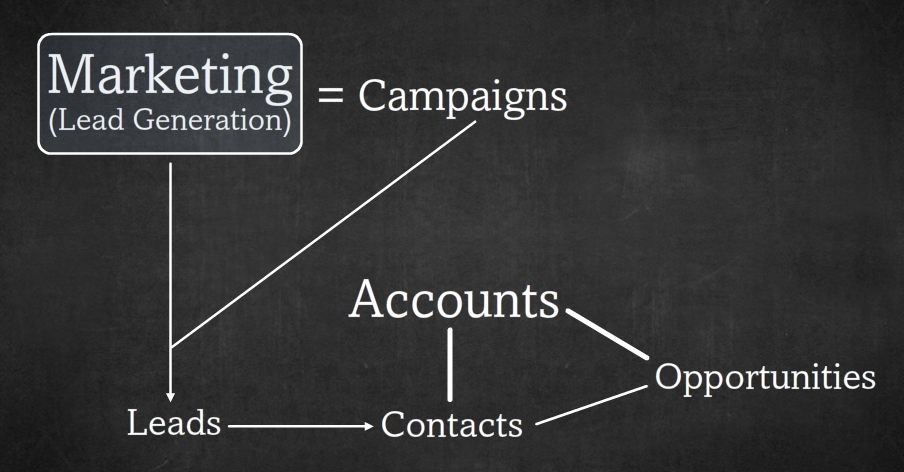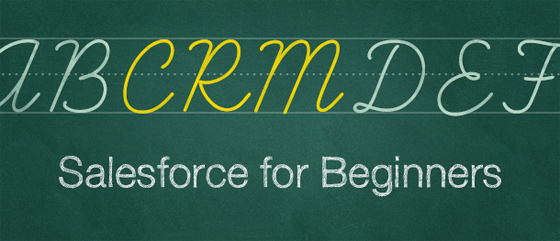Each month at Newfangled we have a peer enrichment session. This month it was my turn to present, so I outlined the basics of Salesforce. Although many of our clients integrate their websites with Salesforce, not many people in our office have had much user experience with it. This post is a very brief introduction to the main components of Salesforce. If you’ve worked with Salesforce before, this is going to be (very) old hat; but if you haven’t, I hope this gives you a slightly better understanding of how it’s used.
What is Salesforce?
This is an obvious question, but it’s one that needs to be answered before jumping into anything else. Salesforce is a customer relationship management tool (CRM), which means it is used to keep track of and strengthen a company’s relationship with its existing and potential clients.
How does it work?
When you’re using Salesforce, there’s a good chance you’ll employ five main data objects to keep track of your sales process and lead generation efforts. These objects are accounts, contact, opportunities, leads, and campaigns.
Accounts are the companies you deal with, contacts are the people at those companies, and opportunities are the deals you’re making with those companies to sell them your product or service. Salesforce is an account-centric CRM, so contacts and opportunities are always linked to an account.
Leads are separate from those three objects. They’re the people who have shown some interest in your company, but not enough to take the next step in the sales process. Leads are generated by your company’s marketing efforts, like speaking engagements, webinars, etc.
Campaigns are Salesforce’s way of keeping track of marketing efforts. Say Mark goes to a conference and gives a talk; he gets a list of all the people who attended. I could create a campaign in Salesforce for that specific conference and talk, and when I imported those attendees as leads, they would be linked to that campaign. Campaigns are a good way to track where your leads are coming from, and how your marketing efforts are doing.

Marketing efforts (which are linked to campaigns) generate leads; once a lead shows the requisite level of interest, depending on the company and sales process, it’s ready to become a contact, and it is converted. During the conversion process, the new contact is linked to a new or existing account and an opportunity may be created.


